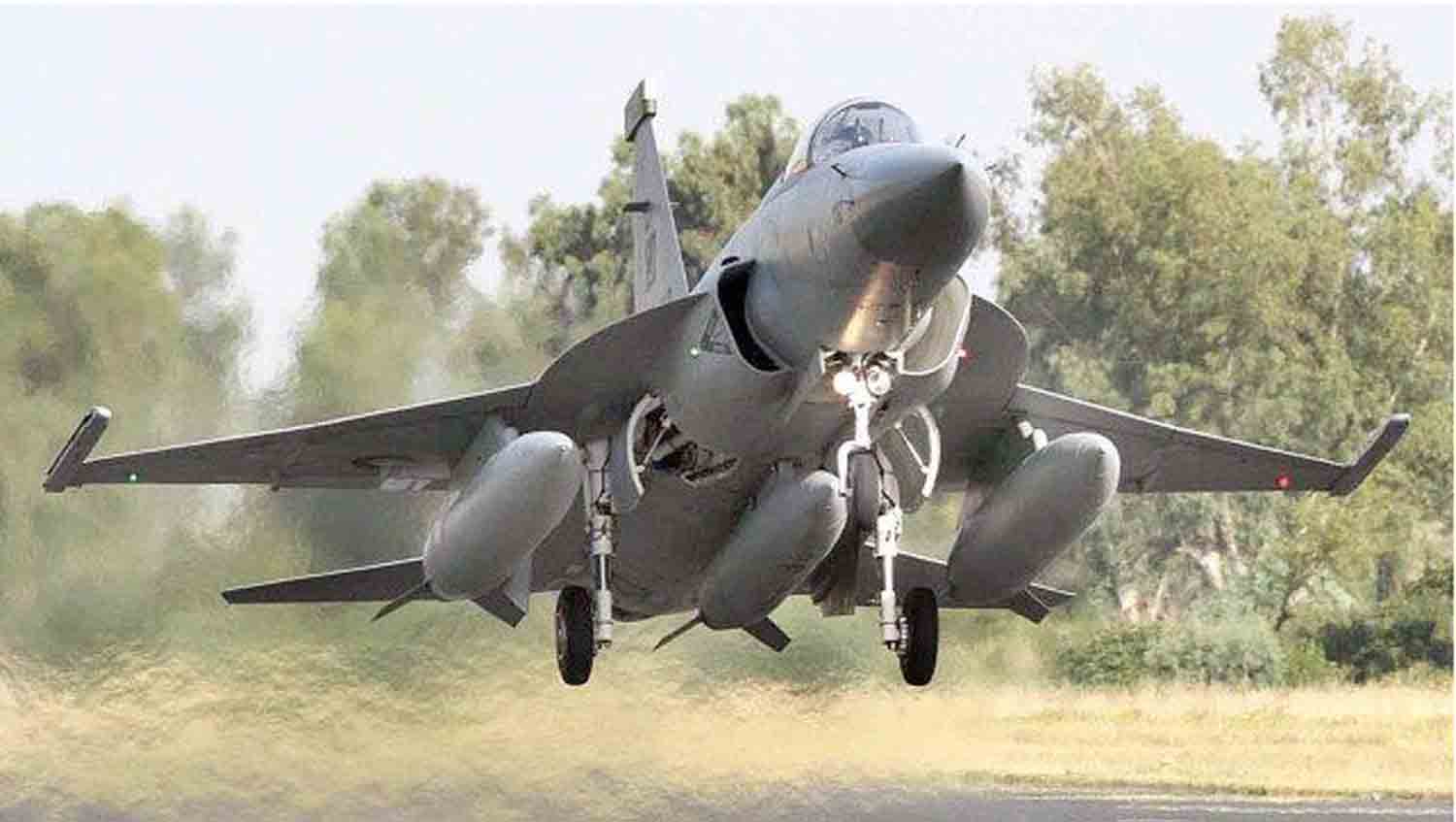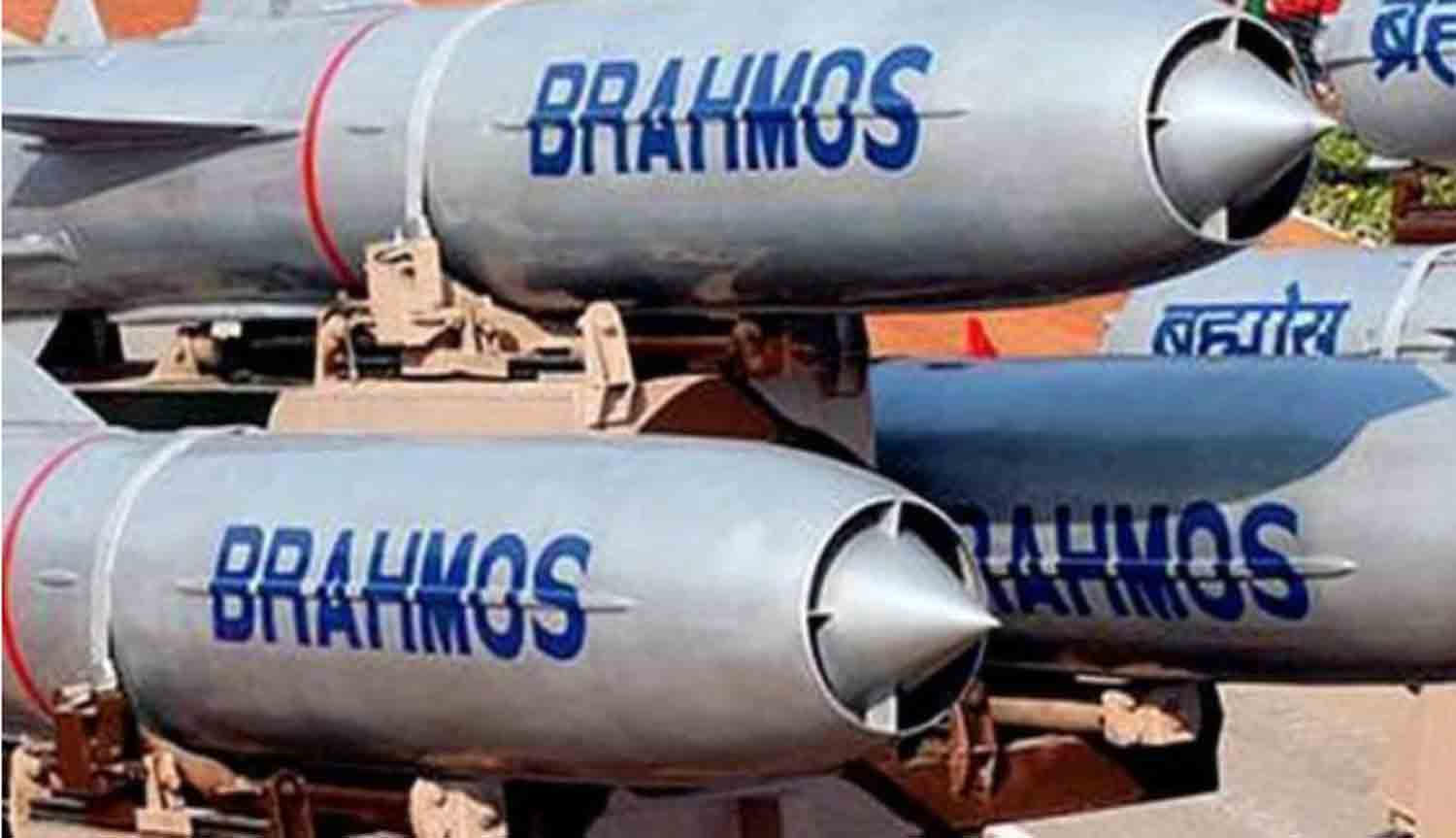Taiwan has officially entered the expanding group of nations aiming to obtain debris from China’s PL-15 beyond-visual-range (BVR) air-to-air missile, following the recovery of weapon remnants deep within Indian territory after a high-intensity aerial confrontation between Pakistan and India.
The debris from the PL-15 BVR air-to-air missile, retrieved by India, is thought to have been launched by fighter jets of the Pakistan Air Force.
For Taipei, which endures daily incursions and pressure from China’s increasingly assertive military stance, the chance to examine actual components of the PL-15 is a rare and significant intelligence opportunity. As a front-line state in the Indo-Pacific region, Taiwan has ample reason to analyze the capabilities and limitations of the PL-15, which is now fitted on China’s premier fighter jets, including the stealthy J-20 “Mighty Dragon” and the agile J-10C, both of which are frequently observed operating near Taiwan’s air defense identification zone (ADIZ).
Remember that undamaged Chinese PL-15 long-range air-to-air missile recovered from Hoshiarpur?
Well, Japan & US have both requested India for sharing data retrieved from the PL-15 missile. The ECCM module (Electronic Counter-Countermeasures) of PL-15 have been recovered.… pic.twitter.com/KMFQR0wY5L
— Raj Varma (@jaimaa) May 16, 2025
Taiwan’s strategic objective is evident: to acquire a technical understanding of the missile’s strengths and weaknesses to formulate new counter-tactics, develop effective countermeasures, and ready its own missile forces for a potential confrontation with Chinese airpower. “Gaining access to PL-15 missile fragments would directly bolster Taiwan’s initiatives to create countermeasures or improve its domestically developed air-to-air missile programs currently underway,” stated a senior regional defense official. The interest in these fragments extends beyond Taiwan.
As reported by Indian defence media, there has been emerging interest from France and Japan, both of which have proposed joint efforts with India to examine the missile wreckage for defence research and development purposes.
For Western agencies such as the CIA, NSA, and allied military intelligence units, the PL-15 wreckage presents a unique and significant opportunity to reverse-engineer a Chinese beyond-visual-range missile that is swiftly changing the airpower dynamics in Asia.
Their goals include a thorough forensic analysis of the missile’s radar seeker, dual-pulse propulsion system, onboard datalink, and guidance architecture to gain insights into the PL-15’s performance, resistance to countermeasures, and stealth-targeting abilities.
A primary focus is to ascertain the missile’s radar frequency bands, seeker waveform characteristics, and whether it incorporates advanced electronic counter-countermeasures (ECCM) that would enable it to overcome Western jamming systems.
If forensic results confirm that the PL-15 was launched from Pakistani platforms like the JF-17 Block III or J-10C, it would serve as conclusive evidence of China’s transfer of next-generation missile technology to its foreign allies—a crucial development in the context of regional military equilibrium.
Such a transfer would indicate that China is no longer keeping its most sophisticated BVR systems exclusively for its own military, but is actively disseminating high-end missile systems to strategic partners, thus altering the airpower calculations in South Asia.
Analysts are also working to validate Chinese assertions that the PL-15 can engage targets up to 300 kilometres away and has anti-stealth targeting capabilities—features that, if accurate, would rank it among the most advanced air-to-air missiles globally.
Western defense strategists consider this intelligence crucial for adjusting operational doctrines, especially as the Indo-Pacific is poised to become a potential battleground for future high-end air combat involving Chinese or proxy air assets.
Ongoing investigations aim to ascertain whether the PL-15 includes Russian-made components, particularly in its propulsion or radar systems, due to China’s historical reliance on Russian defense technology. Confirming such collaboration would not only have technical ramifications but could also reveal covert military-industrial connections between Moscow and Beijing—information that holds significant strategic importance for Washington and its allies.
From a geopolitical perspective, the insights obtained from the missile fragments could empower the West to challenge China’s military narrative, bolster India’s regional security position, and shape future arms control or export regulation frameworks.
In the industrial sector, these findings are expected to motivate Western defense leaders like Raytheon, Lockheed Martin, and MBDA to hasten the development of next-generation BVR missiles and air defense systems that can surpass the capabilities of the PL-15. Military analysts perceive this incident not just as a technical inquiry but as a strategic alert that highlights China’s swift progress in missile technology and the evolving balance of airpower in South Asia and the Indo-Pacific.
The PL-15, created by the China Airborne Missile Academy (CAMA), is a long-range beyond visual range (BVR) air-to-air missile that is said to achieve speeds over Mach 4 and can engage targets at distances of up to 300 km.
It features an advanced AESA radar seeker, dual-pulse propulsion, and a networked datalink capability, all engineered to surpass older Western systems such as the AIM-120D AMRAAM and even to compete with the MBDA Meteor in specific operational scenarios.
With Pakistan now acquiring this missile, the nation gains an extraordinary capability to perform long-range intercepts against high-value targets without the necessity of closing in—altering its strategic stance against rivals like India.
For numerous defense analysts, the emergence of the PL-15 from prototype to a functional battlefield weapon has not only transformed the air-to-air engagement environment but could also initiate a new chapter in the global BVR missile competition.
Discover more from Defence Talks | Defense News Hub, Military Updates, Security Insights
Subscribe to get the latest posts sent to your email.





